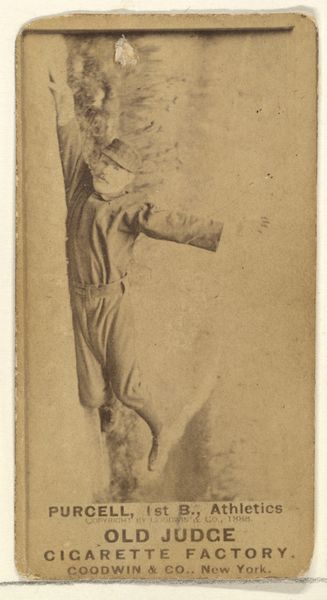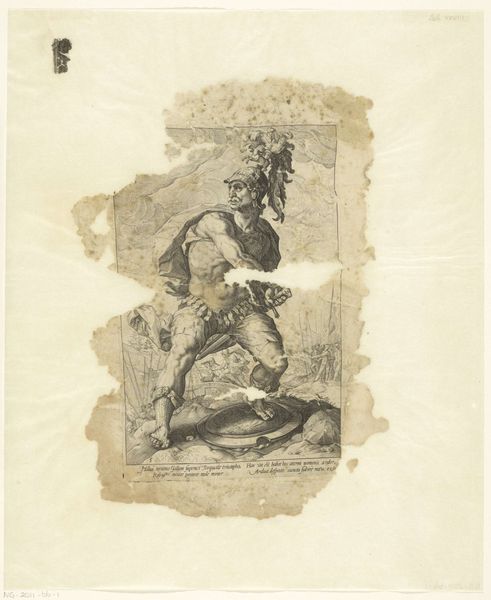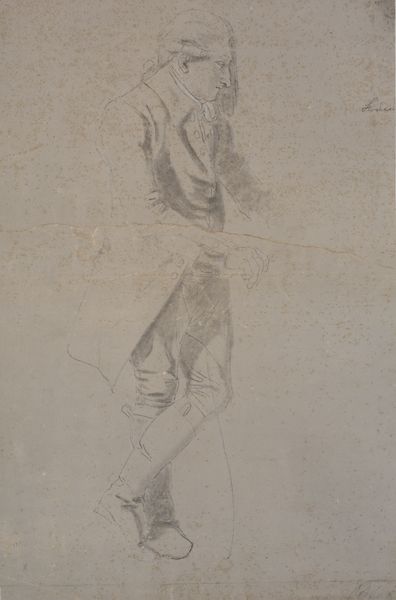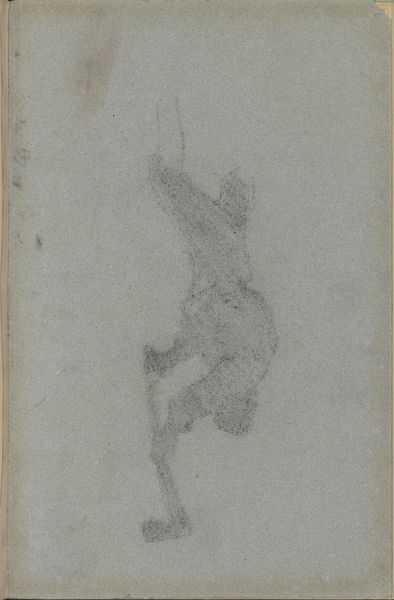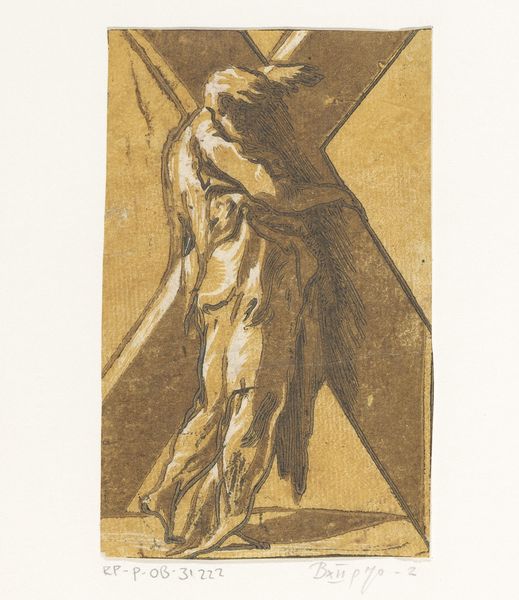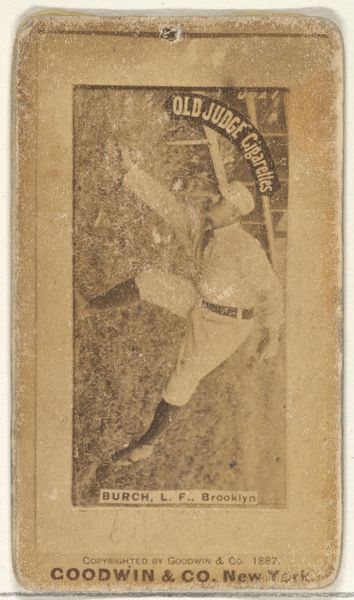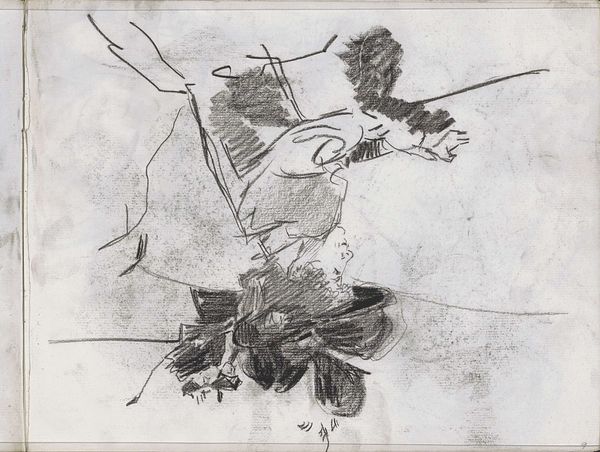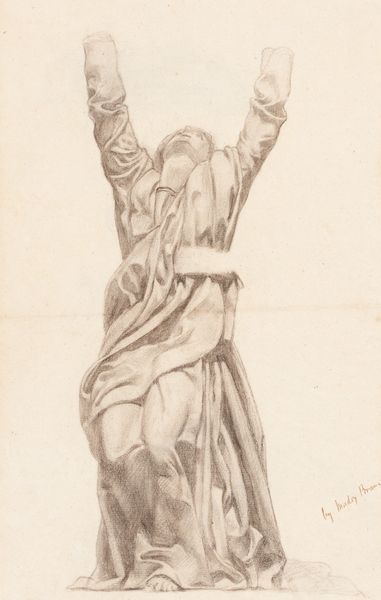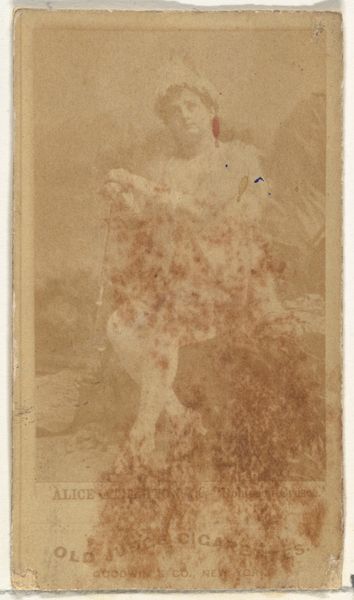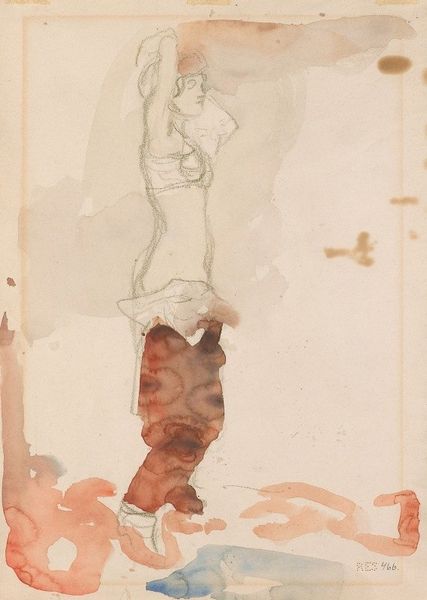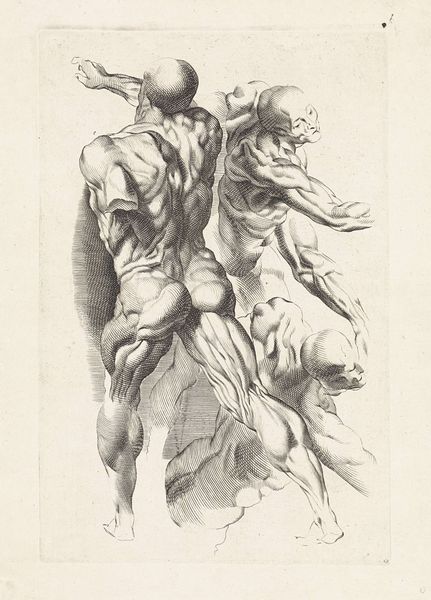
drawing, paper, ink
#
pencil drawn
#
drawing
#
baroque
#
pencil sketch
#
charcoal drawing
#
figuration
#
paper
#
ink
#
pencil drawing
#
academic-art
#
nude
Dimensions: height 151 mm, width 94 mm
Copyright: Rijks Museum: Open Domain
Editor: This is "One of the Dioscuri," a drawing made around 1677 by Augustinus Terwesten. The piece, rendered in ink and pencil on paper, depicts a nude male figure, likely one of the mythical twins. It has a certain academic air, and an incomplete feeling too. How do you interpret this work, and what do you see in its rather stark imagery? Curator: What strikes me immediately is the heroic nudity – an artistic convention reaching back to classical antiquity. The Dioscuri, Castor and Pollux, were often seen as symbols of youthful strength and fraternal loyalty. Do you notice how the artist employs the ink washes to create dramatic contrasts? Editor: Yes, it’s like he’s sculpting with light and shadow, and in that sense it reminds me of how we tend to construct the symbols we create and believe in through time. Curator: Exactly. These visual symbols build cultural memory and speak to deeply held beliefs. The unfinished quality, though, also piques my interest. This might have been a study, a preliminary sketch for a larger work. But does the sketch-like quality amplify a raw vision of an archetype of male beauty? Does this lend the heroic figure an emotional intensity? Editor: Interesting. The incompleteness almost suggests potential, a story still unfolding, so that intensifies that archetype. Like he is every godlike figure in potentia. Curator: Precisely. Terwesten is invoking a shared visual language to resonate on emotional and cultural levels that transcend time. What do you make of the raised arm gesture? Editor: Perhaps a call to action? Or even defiance, asserting power or maybe a benediction? It definitely adds to the active tension. It is like a heroic actor on stage, really pushing the moment. Curator: The artist’s intent may have been to evoke something of all of those elements, layering significance, perhaps to underscore continuity within cultural traditions and memory. Editor: That makes so much sense! Thinking about how artistic symbols evolve yet maintain resonance is a really powerful lens through which to view this. I'll remember to explore not just *what* is represented but *why* these figures and symbols carry such weight through history.
Comments
No comments
Be the first to comment and join the conversation on the ultimate creative platform.
